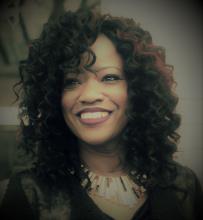
One of the biggest barriers faced by African American female survivors who choose to disclose their abuse is a hostile environment and a tendency towards justification, particularly when the alleged offender happens to be a man of influence. This workshop explores those barriers and provides strategies for service providers.
This training focuses on Rape Myths and how they support and perpetuate rape culture. Rape Myths are those theories and ideas that are created to explain, and thus erroneously provide comfort to individuals, on how and why rape and sexual assaults occur to a certain class or type of individual as opposed to others. Rape Myths provide a view of the world that is safe, orderly and explainable by allowing the blame for sexual assault to lie, primarily, with the victim and not with the offender. Rape Myths therefore make it difficult to hold individuals who offend accountable for their actions. This training explores several of the most prevalent rape myths and discuss how their continued prevalence in American culture leads to the high levels of child sexual abuse, sexual assault and rape in this United States, particularly among people of color.
Learning Objectives:
- Understand how rape myths support and perpetuate rape culture and therefore make it difficult to hold individuals who offend accountable for their actions; Understand the role that a history of slavery, racism and prejudice has had on African American victims and their disclosure rates;
- Understand that sexual violence and abuse occurs as a pattern of coercive and controlling behavior by the offender and Identify strategies for recognizing when consent is given freely in a healthy relationship (i.e., neither party was under the influence, parity between partners);
- Describe the role men have in promoting a community that is safe from sexual violence and abuse. To explore how rape myth acceptance might negatively impact on the work participants engage in with clients. To give participants an opportunity to identify and challenge their own rape myths. To provide a basic working model of trauma and survival reactions and to who show how those rape trauma reactions might feed into rape myths. To enable participants to understand how their reactions may have the negative effect of further shaming clients who have been abused.












